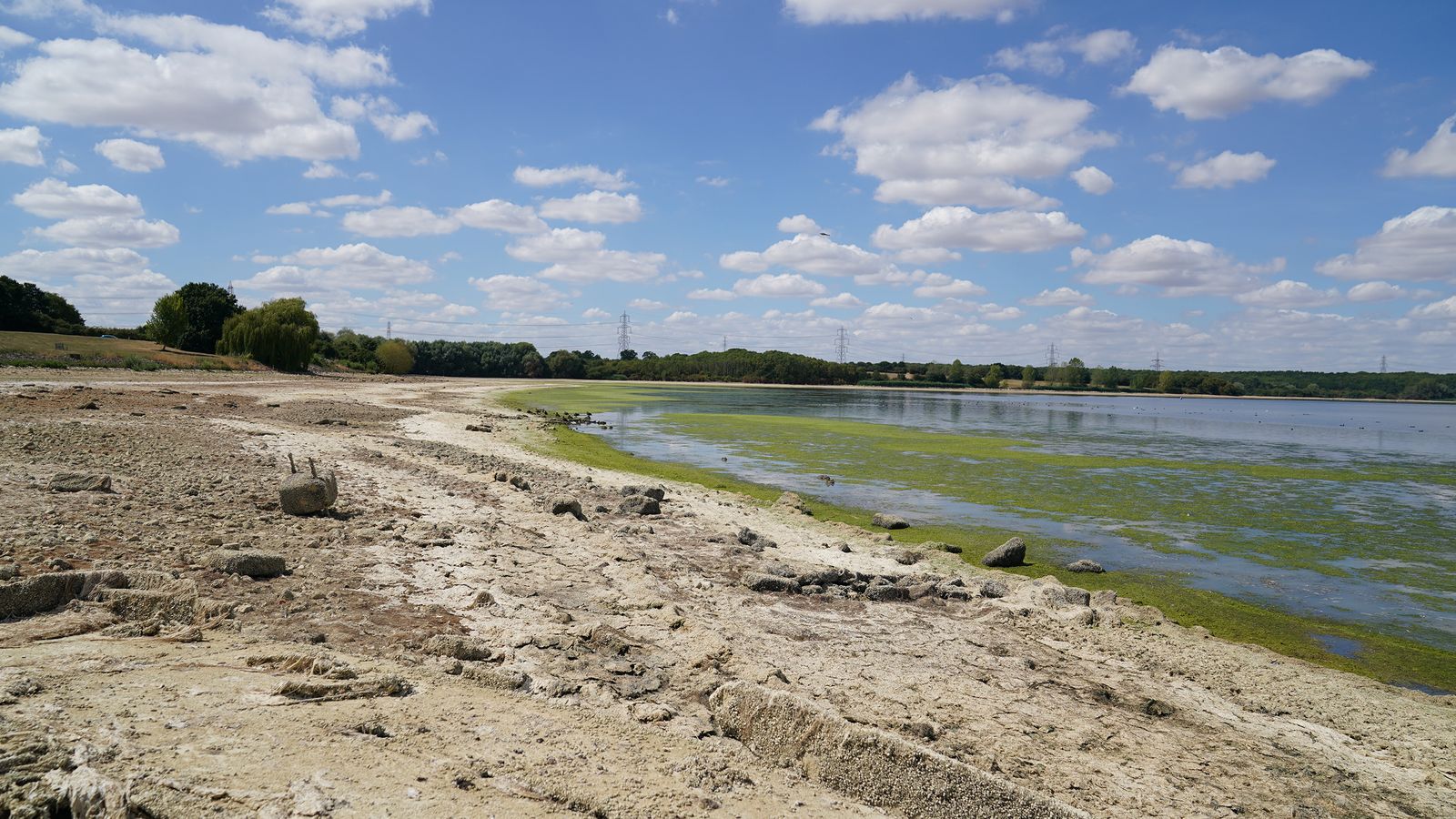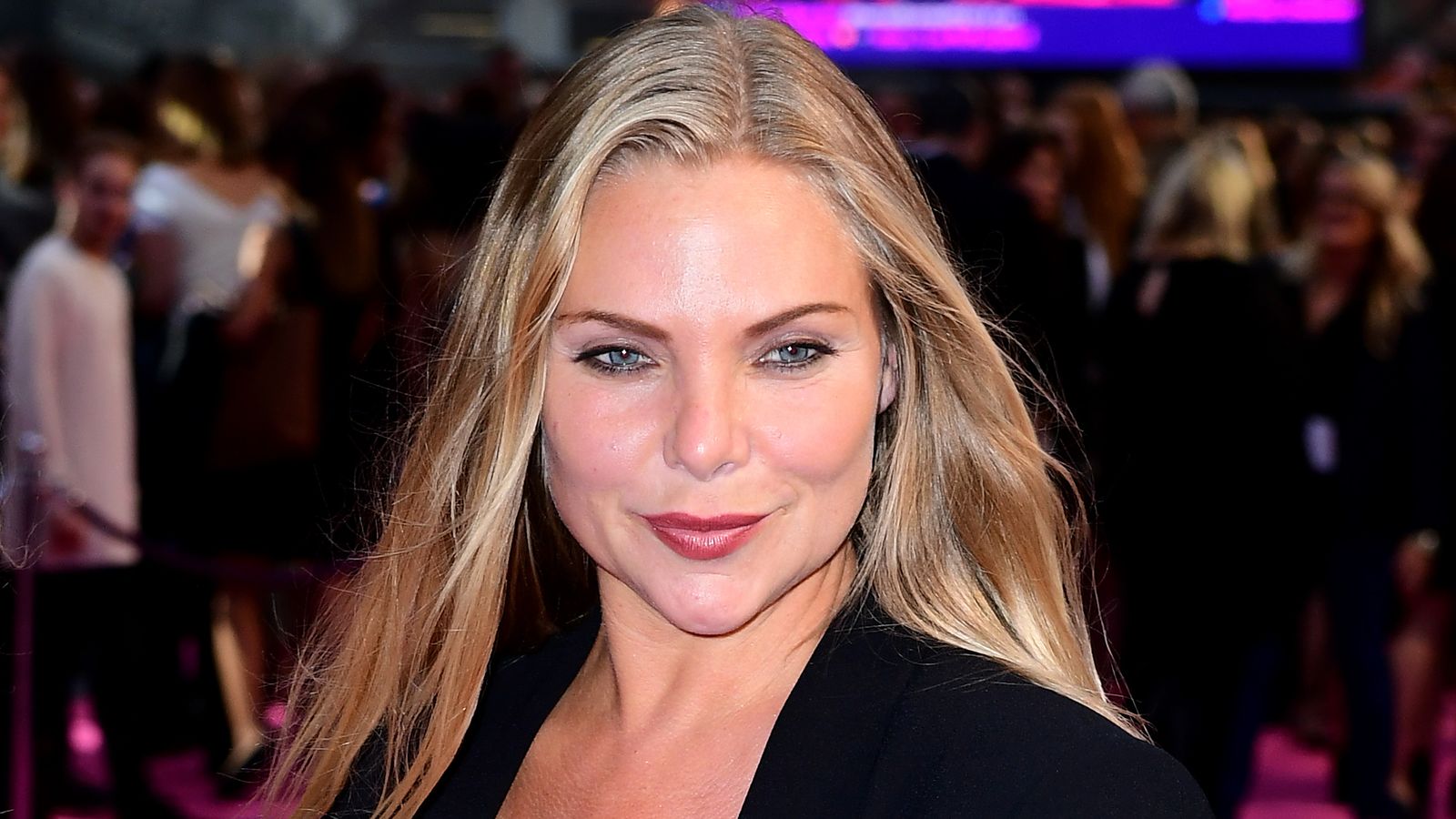Droughts are naturally occurring events, but scientists say that climate change is making them worse.
One of the main reasons for this is that as our atmosphere heats up, it becomes much more effective at drying out the ground.
Professor Richard Allen, who is a professor of climate science at the University of Reading, puts it like this: “A warmer atmosphere is thirstier… and heatwaves further exacerbate the development of drought conditions.
“Also, because the continents are warming so rapidly, dry conditions can worsen because ocean winds cannot blow enough moisture over the land to satisfy the atmosphere’s thirst for water.”
And this isn’t the only issue.
Read more:
Top tips to stay cool in the hot weather – including a trick used by the Royal Navy
Please use Chrome browser for a more accessible video player
Experts also say there is some evidence that climate change is affecting the jet stream, a current of air that circulates around the Northern Hemisphere.
Energy bills expected to hit £4,200 in January, according to dire new forecast
Thames Water to introduce hosepipe ban as extreme heat warning issued
Ryan Giggs trial live: Former Manchester United star ‘flipped’ and ‘dragged’ ex-girlfriend while she was naked, court hears
Although there is still significant debate over this, some theories suggest that a rapidly warming Arctic in particular is altering the jet stream’s position and shape, reducing its ability to carry rainfall systems to Europe, and increasing the likelihood that it will trap areas of high pressure in place for longer periods of time.
Of course, in some parts of the world, climate change doesn’t mean hotter and drier but hotter and wetter.
We’ve seen this in Australia and in Pakistan, India and Bangladesh recently.
Often this depends on location and season, with some places in the UK for example experiencing both drought like conditions this summer and severe rainfall and flooding earlier in the year.
Please use Chrome browser for a more accessible video player
Experts say this is broadly part of the same cycle that makes droughts more extreme; a warming planet and atmosphere means more evaporation which dries out the land.
This in turn leads to more moisture in the air, which results, in some parts of the world, in more extreme rainfall.
It is a complicated picture, and intense rainfall, heat and drought events are not evenly distributed across the world or even across continents and countries.
This unpredictability is yet another part of the problem, because it makes planning and adaptation more challenging.









